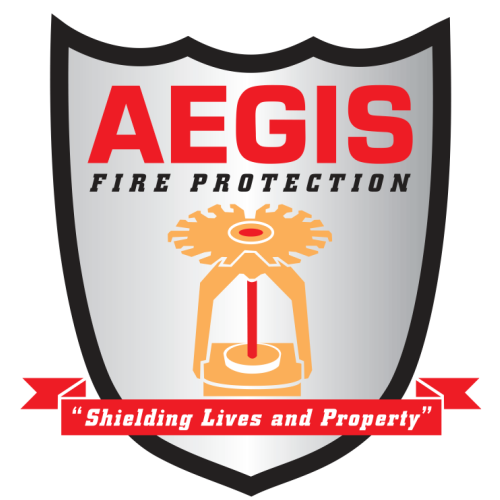Unseen Threat: Understanding and Combating Corrosion in Sprinkler Systems
Fire sprinkler corrosion can lead to a system failure in the event of a fire, so regular upkeep is important.
A sprinkler system is the most crucial line of defense against fire in residential or commercial properties. Fire sprinkler systems are automatic, enabling them to act quickly in the event of a fire. However, a system that has deterioration or corrosion may not be capable of completing its task. Ensuring the operability of your fire sprinkler system is vital.
What is Corrosion?
Typical corrosion, or rust, is the orange-brown damage on metal that has been exposed to water and oxygen for an extended duration. Microbiological induced deterioration, referred to as "MIC", is corrosion affected by the existence or activity (or both) of microbes on the surface area of the corroding material. Typical corrosion can form both internally and externally. External corrosion can be found during routine maintenance examine piping, but internal corrosion will only be detectable by a professional.
Examinations.
The NFPA National Fire Protection Association advises having sprinkler systems internally examined every 5 years. It is important to have this done, specifically with dry and pre-action systems. These systems are at the greatest danger of corrosion damage. It is estimated that over 70% of dry systems experience substantial rust damage after just 12 years. Having these systems examined can keep them in operable condition longer, decreasing damage through routine system flushes.
Damaged System Repair
Severe corrosion damage requires either a partial replacement of the pipelines in the worst locations or a complete system replacement. These are comprehensive and costly repairs that are required to ensure system operability in case of a fire. For systems that have a small amount of rust, a flush of the system may be sufficient. To keep from needing expensive repairs or suffer an unusable system during a fire, it is critical to have your fire sprinkler system inspected frequently.
Medical Facility Fire Safety
Health center fire safety is a crucial part of the safety of personnel, patients, and visitors.
Healthcare facilities are hectic places with numerous activities, so it's not uncommon for fire safety to take a back seat to other priorities. Sadly, this is problematic. Healthcare facilities utilize electrical devices, medical gases, alcohols and have commercial kitchens. All of these add to a raised fire hazard danger. In addition, patients, several who are not ambulatory, supply additional life safety obstacles. In the event of a fire, medical facilities must rapidly evacuate high-risk patients such as kids, the elderly, and the disabled. An in-depth fire safety strategy is important, and personnel training is a must. Understanding dangers and fire safety systems is the initial step to protecting clients, staff, and the facility.
Kitchen
The National Fire Protection Association NFPA estimates 60% of health center fires come from the kitchen. This should not be a surprise, as industrial kitchen areas are the prime source of restaurant fires. Most of these fires are frequently localized and never extend out of the immediate area. Nevertheless, it's still important to make sure hospital kitchen personnel are trained to utilize portable fire extinguishers and practice correct cooking area fire safety. This consists of routine maintenance of the exhaust hood fire suppression system and cleaning of the exhaust hood and ductwork. This is essential to avoiding cooking area fires.
Electrical Equipment
Health centers have an abundance of powerful electrical equipment in every area of operation, which is a considerable fire risk. Proper upkeep practices are a must. Portable diagnostic equipment is particularly susceptible to damage. Regular visual inspections must be conducted to make sure any damage is noticed and fixed. Static equipment must be protected with adequate detection and suppression systems.
Training
Fire safety training is probably not staff members' favorite activity, however mandatory training can save lives, should be done regularly, and is crucial to any effective fire safety strategy. Health centers are accountable for the lives of staff, clients, and visitors, so it needs to be taken seriously. Training needs to be done each year in every department at a minimum, with additional training at any time the facility's action plan is upgraded. Fire extinguisher training ought to be included, as the reliable use of fire extinguishers is one of the best methods to ensure small fires do not become big fires.
Evaluation and Screening
Smoke detection and suppression systems should be checked on a regular basis to ensure they remain in working order and will trigger in the event of a fire. These examinations must be carried out by qualified personnel. Any system deficiencies should be repaired promptly. Making sure that fire safety systems are operable and reliable is one of the most essential life safety activities you can perform in a hospital facility.
